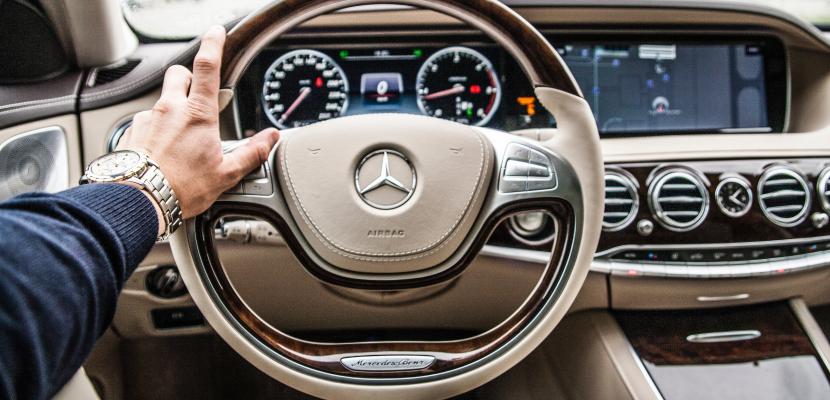
Bi-directional charging cars Utrecht, city-wide roll-out

About this good practice
The municipality of Utrecht has the aim to substantially increase the share of electric cars and of solar electricity. A main concept in this field is bi-directional charging, organised around bi-directional charging points. These connect solar panels on buildings, bi-directional batteries in nearby parking cars, and the electricity grid, allowing electricity exchange between these three system elements. The system matches electricity supply and demand through time (= smart solar charging), provides storage capacity for solar electricity, namely in the car batteries, and relieves the electricity grid from needing to transport much solar electricity. The bi-directional charging points can also be used by cars with conventional batteries (charging only).
The bi-directional charging technology in Utrecht has been developed by a consortium under lead of the Utrecht firm LomboXnet. Cars with such batteries in Utrecht are the Renault Zoe and Hyundai Ioniq 5. The charging concept is combined with mobility innovation, such as shared car services. These are operated by “We drive solar” and usable by subscribers. In combination with low(er) parking standards this encourages less own car ownership and more modal shift.
The city’s task is to develop charging policies, define the content of charging concessions, decide on charging locations and conduct local regulation.
Expert opinion
Resources needed
The smart solar charging concept is currently commercially operated by LomboXnet in the framework of a municipal concession, without funding. In the start-up phase 50% of the costs were covered by public co-funding: Horizon 2020 (IRIS project) or “Kansen voor West II” (ERDF; Smart Solar Charging).
Evidence of success
In 2019 bi-directional charging entered the commercial phase, which made Utrecht decide the city-wide roll-out of this concept. Now about 500 of the 1000 charging points in Utrecht are bi-directional ones. Most of them (300) are assigned to shared cars, where they evidently reduce CO2e emissions because of less [carbon] car-kms, lifecycle emissions and space requirement. The concept has also been implemented outside of Utrecht, like in Zeist (large charging parking area with solar panel roof).
Potential for learning or transfer
Municipalities might consider to adopt bi-directional charging, given:
1) its potential to accelerate CO2e reduction by solving current obstacles of the energy transition (see following bullet);
2) its benefits for a successful energy transition: more storage capacity for green electricity, and balanced electricity grid;
3) the fact that a smart charging point can be inserted in any city, also where other electrification strategies have already started;
4) the demonstrated fruitful cooperation of the municipality, housing, mobility, energy firms and car builders (up to now mainly for shared cars) in planning, building and operating the system.
Acceleration as in bullet 1 and benefits as in bullet 2 are needed in many cities. Bullet 3 underlines the transferability to other European cities, bullet 4 illustrates that the complex cooperation required is manageable.
